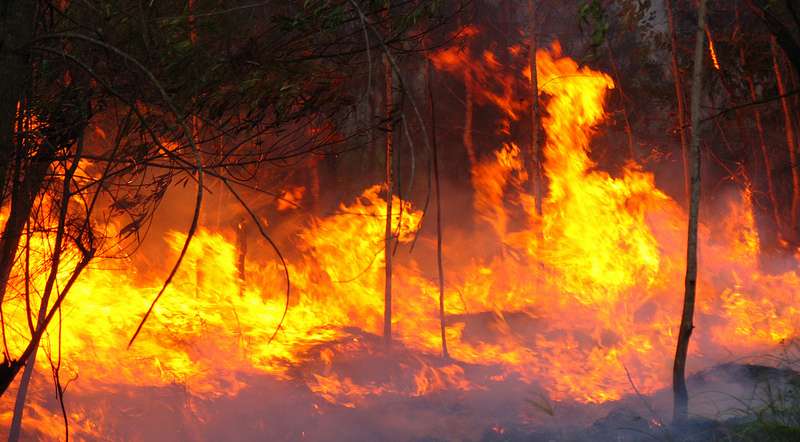Modeling could predict future bushfire danger

As South West residents count the cost of last week's devastating bushfires Murdoch University scientists are working on a model to help predict future bushfire threats in the region.
The work's aim is to inform preparation and help assess the risks of catastrophes such as the Yarloop tragedy in which two elderly men died and 143 properties were razed.
"Using state-of-the-art regional climate models, we are investigating future changes in fire weather by focusing on the key contributing climate factors, which are temperature, rainfall, wind speed and relative humidity," researcher Alyce Sala-Tenna says.
The end result will be bushfire risk ratings projected over time consistent with the McArthur Forest Fire Danger Index—the same index WA's Department of Fire and Emergency Services' (DFES) currently uses to produce daily Fire Danger Ratings in regional WA.
"We're aiming that our work can show how bushfires are going to change and get a better understanding of where more frequent occurrences and intensities, longer fire seasons and shifts are likely to occur," Ms Sala-Tenna says.
To develop the models the Murdoch team is drawing on the Weather Research and Forecast Model (WRF) developed in America.
Through WRF, they've downscaled global climate models from their original 100–250km resolutions to 5km grids of WA's South West, each grid covering an area slightly larger than Kings Park.
The grid model incorporates data from the Intergovernmental Panel on Climate Change (IPCC)'s A2 scenario.
The resulting 30-year climate simulations will assess future changes in fire weather, including the impact of flammable fuel loads.
To make the whole project work, the Murdoch team is relying on the power of the Pawsey Supercomputing Centre's petascale machine Magnus.
Magnus is the most powerful supercomputer in the southern hemisphere with its processing power equivalent to six million iPads.
"Our simulations require significant computing power and data storage, so without Pawsey, the research would not be possible," Ms Sala-Tenna says.
The research could also assist in developing effective policies on bushfire management into the future and provide agencies and the public with a better understanding of how climate change affects the natural environment.
"You can never prevent bushfires—they're part of the natural cycle and are part of how Australia has developed—but we can be better prepared," Ms Sala-Tenna says.
Individuals concerned about bushfires in their area can consult the DFES Map of Bush Fire Prone Areas.
Provided by Science Network WA
This article first appeared on ScienceNetwork Western Australia a science news website based at Scitech.





















